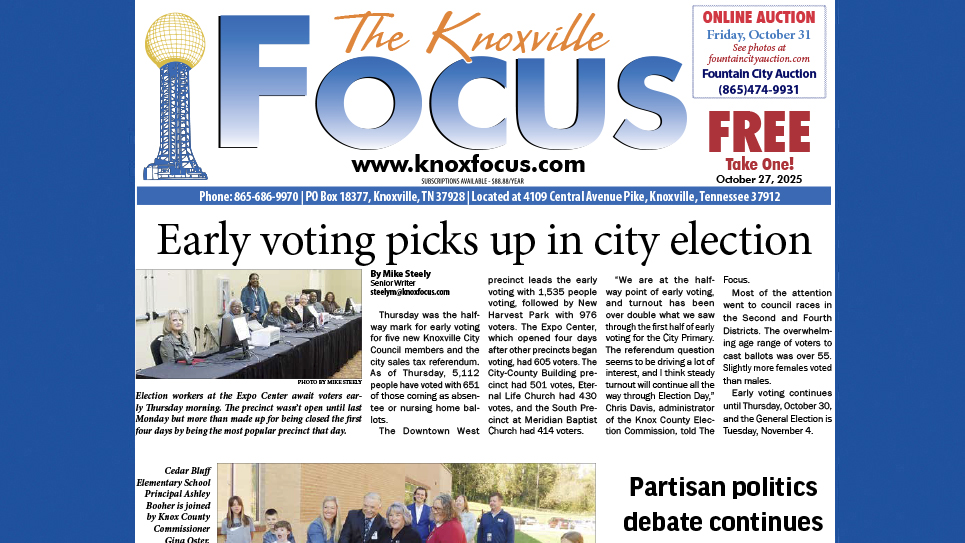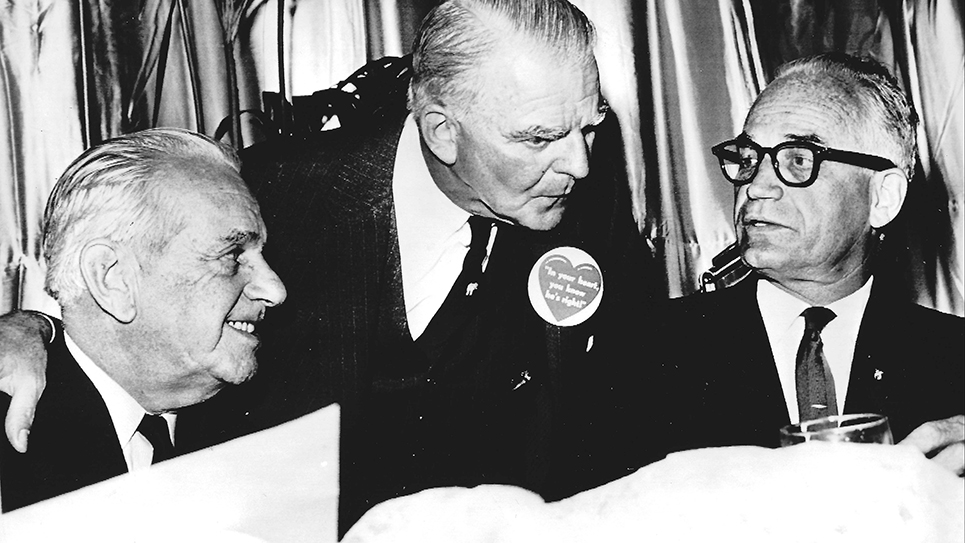No more race-based admissions
By Dr. Harold A. Black
blackh@knoxfocus.com
haroldblackphd.com
I found it interesting that the immediate reaction to the Supreme Court striking down affirmative action in university admissions was to render dire predictions regarding student body diversity. It is as though all the pundits have forgotten that the group being discriminated against was a historically oppressed minority – Asian Americans. As I wrote on these pages in November 2022, the first admissions offices at “elite” universities were established in the early 1900s to curtail Jewish enrollment. It worked with the percentage of Jews at Harvard falling by 50 percent as a result. Like today’s Asian Americans, Jews historically invested in what economists call “human capital” – the investment in education. Given their history of persecution, the Jews knew that when the next pogrom occurred it was a whole lot easier to grab the kids and family and run rather than try to grab the apartment building and run. So the Jews invested in human capital rather than physical capital. Much the same is true today, resulting in a disproportionate number of Nobel Prizes being awarded to Jews. One person has written “Jewish cultural values based on family upbringing, dedication to education, self-motivation, persistence, resilience in the face of adversity, and just plain hard work” undoubtedly contribute to their success. It is likely that the same can be said about Asians. Ironically, the same is true for the segregated society from which I came in Atlanta during the Civil Rights era. I grew up in a totally segregated middle-class neighborhood made up of highly educated two-parent households. All of us went to college and to my knowledge all of us graduated. Among my high school classmates are doctors, lawyers, a hedge fund manager, teachers, businesspeople and other professionals. Of the kids growing up with me only three went to predominately white institutions. The rest went to HBCUs. I believe that most of the kids in my neighborhood would have been admitted under affirmative action to many of the elite universities and most would fare well once admitted.
However, I am not so certain if most would be admitted if the process were colorblind. Why? Many of the “elite” universities reject over 95% of all applicants. One highly ranked public university said that it could fill its freshman class with only students with GPAs of 4.0 and higher and still would have to reject thousands more who had the same grade point average. There are those who say that standardized tests should be excluded from admissions criteria because such tests – outside of math – are culture bound. However, all GPAs are not created equal because all high schools do not provide the exact same education. Surely a 4.0 in a Chicago public school does not equal that of a 4.0 from an elite private school. Recall that in Chicago precious few minority students can read, write or do arithmetic at grade level.
Admissions offices at universities exist for the sole purpose of discriminating among applicants for admission. If that were not true then there would be no reason to have such offices. Looking at the admissions requirements at Harvard, the average admitted student has a GPA of 4.18 and an SAT score of 1520 (1600 is “perfect”). There are other requirements as well such as submitting a written essay and listing extra curriculum activities such as sports, clubs and civic involvement. Moreover, Harvard rejected Asians because they consistently scored lower on “personal quality” ratings – a purely subjective evaluation. I presume that the people making that judgment were not Asians. However, any admission requirement is discriminatory, with race seemingly being the only one considered unconstitutional.
What can be done? When I was in graduate school, one state obligated its universities to accept all in-state applicants with a certain minimum GPA. The flagship university in that state had a huge freshman class and did not have the resources to maintain that class size through all four years. It therefore had a stringent first year curriculum that required calculus and science designed to whittle down the class. It worked, with the sophomore class being almost half the size of the freshman class. I suggest establishing criteria for admissions that are race-neutral for a certain percent of the class – say 70% – and then admitting the remainder of the class via a lottery. But of course, the sports programs would be exempt.






